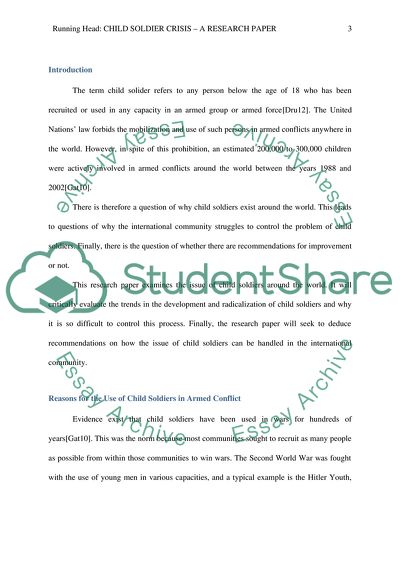Cite this document
(Child Soldiers and the International Community Research Paper - 13, n.d.)
Child Soldiers and the International Community Research Paper - 13. https://studentshare.org/sociology/1844630-research-paper
Child Soldiers and the International Community Research Paper - 13. https://studentshare.org/sociology/1844630-research-paper
(Child Soldiers and the International Community Research Paper - 13)
Child Soldiers and the International Community Research Paper - 13. https://studentshare.org/sociology/1844630-research-paper.
Child Soldiers and the International Community Research Paper - 13. https://studentshare.org/sociology/1844630-research-paper.
“Child Soldiers and the International Community Research Paper - 13”. https://studentshare.org/sociology/1844630-research-paper.


